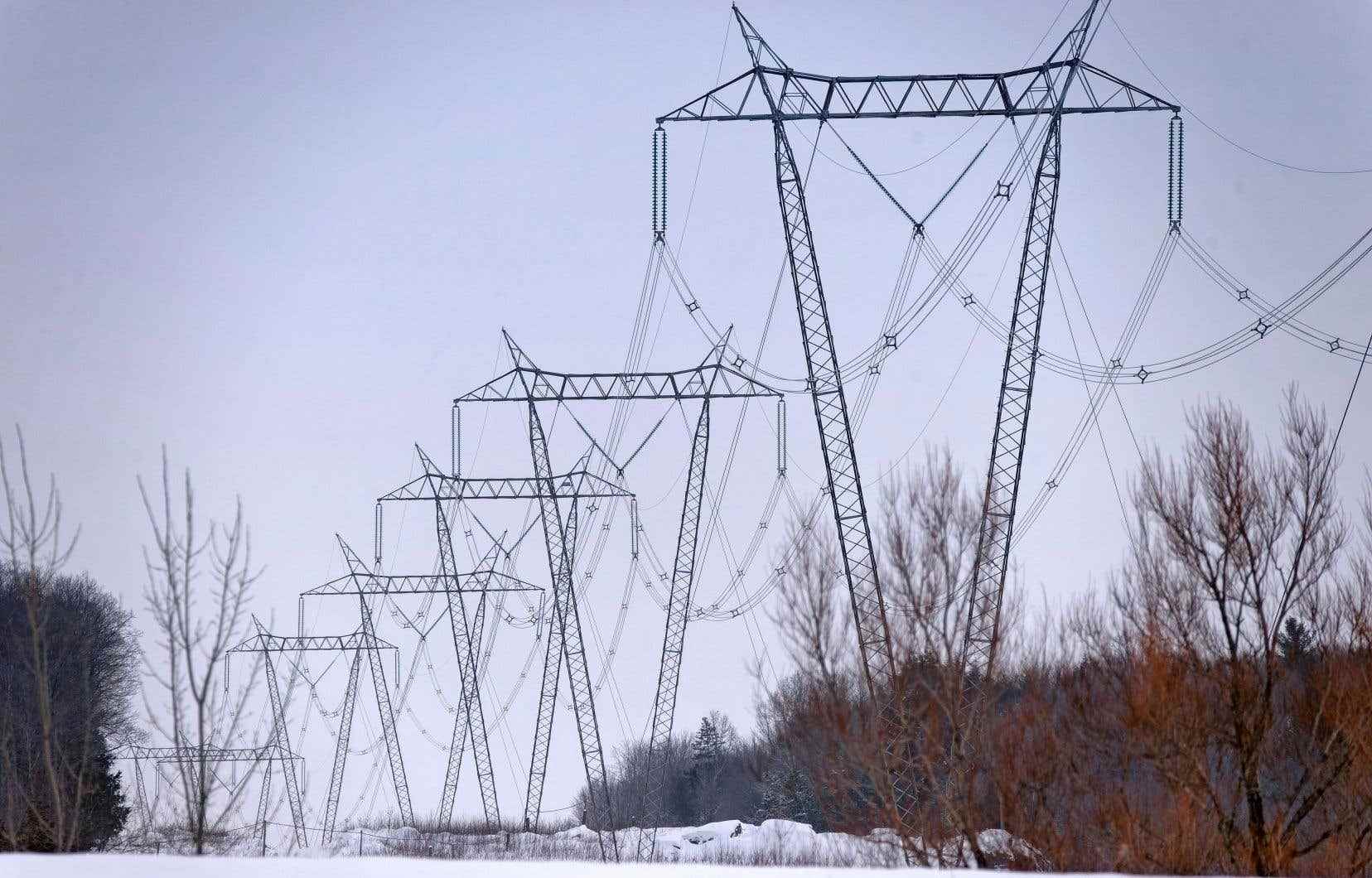Not only will it be necessary to produce electricity, but the energy transition will require massive investments in the electricity transmission network, warns the President and CEO of Boralex, Patrick Decostre.
This is a challenge for all Western governments, believes the leader of the Quebec energy producer who has activities in Canada, the United States, France and the United Kingdom. ” There are limits [à la capacité de réseau], he explained Friday during a conference call to discuss the results of the fourth quarter. Governments are going to have to invest a lot of money. When I say big money, it’s probably billions, but that’s the only way to make the energy transition. »
Questioned by an analyst, Mr. Decostre defines network saturation as the main challenge in planning medium-term projects. The responsibility for solving this problem does not lie with the energy producers, according to him. “It does not depend on Boralex. Our role is to find the places where it is possible to connect the projects or to find a place where we can take steps to have the necessary capacity to connect in 2027-2028. »
Quebec will also need to boost the capacity of the Hydro-Quebec grid, with the Crown corporation estimating that 100 terawatt hours of new clean electricity supplies would be needed to decarbonize Quebec by 2050.
Last December, the Legault government allowed the state-owned company to postpone a 2,300 megawatt (MW) wind energy tender for a few months in order to prioritize places where projects can be connected to the grid more quickly. . In some locations, the construction of the infrastructure needed for the electrical transmission network would have taken longer.
Advance deadlines
Despite the challenge represented by network congestion in the medium term, Boralex is managing to increase its pipeline of projects. The company has 5,524 MW of projects under development or under construction around the world. This is a 35% increase over last year.
Boralex has managed to advance the schedule of certain projects in a context of scarcity of labor and inflationary pressure, underlines analyst Brent Stadler, of Desjardins Capital Markets. “In this difficult environment, Boralex once again exceeded expectations with the update on these projects under development.»
The analyst notes that the company has advanced to 2024 the planned time of commissioning the equivalent of 150 MW. “We anticipated that 195 MW could be commissioned in 2024, this figure has been raised to 345 MW, an increase of 150 MW. »
A loss
In the fourth quarter, Boralex announced a net loss of $7 million, compared to a profit of $20 million for the corresponding period last year. Revenues, for their part, increased by 68%, to 322 million.
The company produced 1619 gigawatt hours of electricity, an increase of 9%. Production is 2% lower than management’s expectations. Wind generation was close to target, but hydro and solar generation were 12% and 3% lower, respectively.
Analyst Nelson Ng of RBC Capital Markets said the company’s fourth quarter met expectations. He points out that the results are better than he predicted for the solar and wind power segment, but that hydroelectricity and the company’s costs are slightly lower than his forecast.
Boralex’s share price fell 42 cents, or 1.17%, to $35.39 at the close of the Toronto Stock Exchange.
